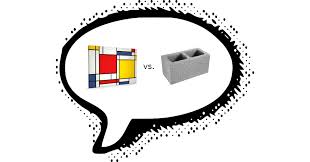The Scope
The Scope is addressing and coming to terms with potential issues in the product
or service—even when they are not yet concrete. Think of it as knowing the implications
of an idea before executing it. We do this every day in decision making, but for the
Scope Plane, it’s important to define requirements and issues. The Scope umbrellas over
Functional Specifications and Content Requirement.
Functional Specifications is best defined as how the website should do and gathering
ideas on what it needs to be at the end. Functionality will consist of a workflow and
the dynamics around it, as in, who has part in the project and if any technology
implications can arise. You would be surprised how many websites fail due to technology
issues not being addressed in the beginning.

Content Requirement is the process when a creator will decide with others what
information needs to be included. It can be a bit of brainstorming and adapting new
ideas that work with functionality. Required components advance the process of having
an idea be built. Having different people work on a website can bring out unfamiliar
perspectives too, so be sure to be open minded to the idea of generating requirements.
The Structure
The Structure functions as defining and developing a conceptual structure for a website.
Out of the give planes, this is when a creator becomes aware of abstract to concrete
factors in what determines user experience. The Structure involves Interaction Design
and Information Architecture.

Interaction Design can be sub categorized with “interface design,” but is concerned with
understanding possible user behaviour and if the system will meet and respond to the
behaviour. Programmers are needed here because they attempt to understand the software
used to determine a user’s “walk” around a website. All the clicks and scrolling on a
website is something a programmer has anticipated. It’s never 100% accurate in because
of computer literacy amongst different populations, but it can be somewhat similar across
users.
The Information Architecture is assessing how people cognitively process information off
a website, as in, a creator must decide how to prioritize information on a website. The
organization and navigation of a webpage are important factors. A categorization scheme
will be require at a top-down approach, meaning starting with the vague categories and
content and breaking them down into smaller, logical subsections.
The Structure Plane is responsible for being sequential, organized and architectural
handle of a website. The user experience begins to have refined needs with reworked and
positive Interaction Design and Information Architecture.


